African Grey Congo Parrots Hand fed
$4,200.00
African Grey Congo Parrots Hand fed
Congo African Grey Parrot (Psittacus erithacus erithacus), often simply called the Congo Grey, is one of the most iconic and intelligent parrot species in the world. Native to the dense rainforests of Central Africa, particularly the Congo Basin (including countries like Cameroon, Gabon, and the Democratic Republic of Congo), these birds are renowned for their exceptional mimicry, problem-solving abilities, and affectionate personalities. When specified as “hand-fed,” it refers to parrots that have been raised by humans from a young age, typically by breeders who hand-rear them for taming and socialization. This guide delves deeply into hand-fed Congo African Greys, covering their origins, the hand-feeding process, benefits, care, training, and more. If you’re considering adopting one, this detailed overview will equip you with essential knowledge for a successful, lifelong partnership.
Overview of Congo African Grey Parrots
Congo African Greys are medium-sized parrots, measuring about 12-14 inches (30-35 cm) in length and weighing 12-16 ounces (340-450 grams). Their plumage is a striking light gray with subtle barring on the back, a bright red tail, and a distinctive white mask around the eyes. Unlike their Timneh cousins, Congos have a more pronounced red coloration and are generally larger and more vocal. In the wild, they inhabit tropical forests, living in flocks of 10-30 birds, foraging for fruits, seeds, nuts, and insects. They play a vital ecological role by dispersing seeds, aiding forest regeneration.
Domesticated Congos have been popular pets since the 19th century, with breeding programs producing birds that are more adaptable to captivity. Their intelligence rivals that of a young child—they can learn hundreds of words, understand context, and even perform simple math or color recognition. However, their sensitivity to stress and need for mental stimulation make them unsuitable for novice owners. Hand-fed Congos, in particular, are bred for the pet trade, ensuring they are accustomed to human interaction from hatching.
What Does “Hand-Fed” Mean for Congo African Greys?
“Hand-fed” refers to a rearing technique where baby parrots are fed directly by human caretakers rather than their parents. This process begins when chicks are about 2-3 weeks old, after they’ve hatched and their parents have started initial feeding. Breeders use specialized formulas (e.g., commercial hand-rearing diets like Exact or Kaytee) mixed with water to simulate crop milk. Feeding occurs every 2-4 hours, 24/7, using syringes or spoons to deliver the formula into the chick’s crop (a pouch in the throat for food storage).
-
The Process:
- Chicks are removed from the nest (ethically, only from healthy, captive-bred pairs) to prevent imprinting on parents.
- They are kept in a warm incubator (95-100°F initially, gradually decreasing) with controlled humidity.
- As they grow, breeders introduce soft foods like mashed fruits and transition to pellets and seeds.
- Weaning occurs around 8-12 weeks, when the bird starts eating independently.
-
Why Hand-Feeding?: It promotes taming by associating humans with food and care, reducing fear of people. Hand-fed birds are often more outgoing, easier to train, and less prone to aggression compared to parent-raised ones. However, it’s labor-intensive and requires expertise to avoid issues like aspiration pneumonia or nutritional imbalances.
Hand-fed Congos are typically available from breeders at 8-12 weeks old, fully weaned and ready for new homes. Prices range from $1,000-$3,000 USD, depending on lineage and health certifications.
Benefits and Considerations of Hand-Fed Congo African Greys
Hand-fed Congos offer numerous advantages but come with responsibilities. Here’s a balanced view:
-
Benefits:
- Easier Socialization: They bond quickly with owners, often stepping onto hands without hesitation. This makes them ideal for families or first-time parrot owners seeking an interactive pet.
- Reduced Wild Behaviors: Less likely to exhibit skittishness or territoriality, as they’re imprinted on humans.
- Enhanced Intelligence Display: Their cognitive abilities shine through mimicry and tricks, providing endless entertainment.
- Health Monitoring: Breeders often provide health records, ensuring a strong start.
-
Considerations and Potential Drawbacks:
- Dependency: They may become overly attached to one person, leading to separation anxiety if neglected.
- Health Risks: Improper hand-feeding can cause issues like beak deformities or immune weaknesses. Always buy from reputable sources.
- Long-Term Commitment: With a 50-70 year lifespan, they outlive many owners. Costs (food, vet care) can exceed $200/month.
- Behavioral Challenges: Even hand-fed birds can develop problems like screaming or plucking if bored or stressed. They require consistent routines.
If you’re adopting, choose a breeder certified by organizations like the Avian Welfare Coalition to ensure ethical practices.
Taming and Training Hand-Fed Congo African Greys
Hand-fed Congos are already a step ahead in taming due to their early human exposure, but ongoing training is essential for a well-adjusted bird.
-
Initial Bonding (First Weeks at Home):
- Keep the bird in a quiet, secure cage for 1-2 days to acclimate. Offer familiar foods and talk softly.
- Introduce gentle handling: Start with short sessions where you offer treats and encourage stepping onto your hand.
-
Daily Training Routine:
- Use positive reinforcement: Reward desired behaviors with praise, treats, or toys. Avoid yelling or negative methods.
- Teach basics: Commands like “step up,” “come,” or “quiet” using repetition and consistency. Clicker training works well for their intelligence.
- Encourage mimicry: Repeat words/phrases daily; Congos can learn vocabularies of 1,000+ words.
- Socialization: Expose to family members gradually to prevent one-person bonding. Play interactive games like fetch or puzzle-solving.
-
Addressing Issues:
- Screaming: Often a call for attention; increase interaction or provide distractions like music.
- Biting: Redirect with toys; it may stem from fear or hormones.
- Progress Timeline: Most hand-fed Congos tame within 1-4 weeks, but full trust takes months.
Professional training or avian behaviorists can help if challenges arise.
Care Requirements for Hand-Fed Congo African Greys
Proper care ensures these birds thrive, mimicking their natural needs.
-
Diet and Nutrition:
- Core: 70-80% formulated pellets (e.g., for African Greys). Fresh produce like apples, carrots, and leafy greens daily.
- Supplements: Calcium (cuttlebone), vitamins, and occasional nuts/seeds. Hydrate with fresh water; avoid toxins like avocado or caffeine.
- Portion: Small meals 2-3 times daily, with foraging to stimulate hunting instincts.
-
Housing and Environment:
- Cage: Minimum 30x30x48 inches with horizontal bars, perches, and toys. Place in a social area but away from drafts.
- Lighting: 10-12 hours of full-spectrum UVB light daily for vitamin D.
- Temperature/Humidity: 65-80°F with 40-60% humidity; provide bathing options like misting.
-
Health and Veterinary Care:
- Check-ups: Annual vet visits; watch for psittacosis, feather disease, or nutritional issues.
- Grooming: Nail/beak trims as needed; encourage bathing.
- Exercise: 3-4 hours of supervised out-of-cage time daily to prevent obesity.
-
Emotional Needs:
- Interaction: Daily play and conversation. Rotate toys to combat boredom.
- Routine: Consistent schedules reduce stress.
Legal and Ethical Considerations
Congo African Greys are CITES Appendix II species, with regulated trade. In the US, no federal permits are needed, but state laws apply (e.g., restrictions in California). Ethically, support sustainable breeding and avoid wild-caught birds, which are often smuggled. Organizations like the Parrot Education and Adoption Center promote responsible ownership.
Fun Facts and Anecdotes
- Famous Congos: Alex the African Grey (a Congo) demonstrated counting, shapes, and emotions in scientific studies, proving their genius.
- Mimicry Marvels: They can imitate voices, phones, or even laughter with eerie accuracy.
- Wild Wisdom: In Africa, they’re called “forest spirits” for their calls echoing through trees.
- Owner Stories: Many report Congos as “feathered children,” learning routines or comforting during illnesses.
- Longevity Legends: Some have lived 80+ years, passing through generations.
In summary, hand-fed Congo African Grey Parrots are extraordinary companions for those ready to commit. Their blend of intelligence and affection makes them rewarding, but success requires education and empathy.
Reviews
There are no reviews yet.
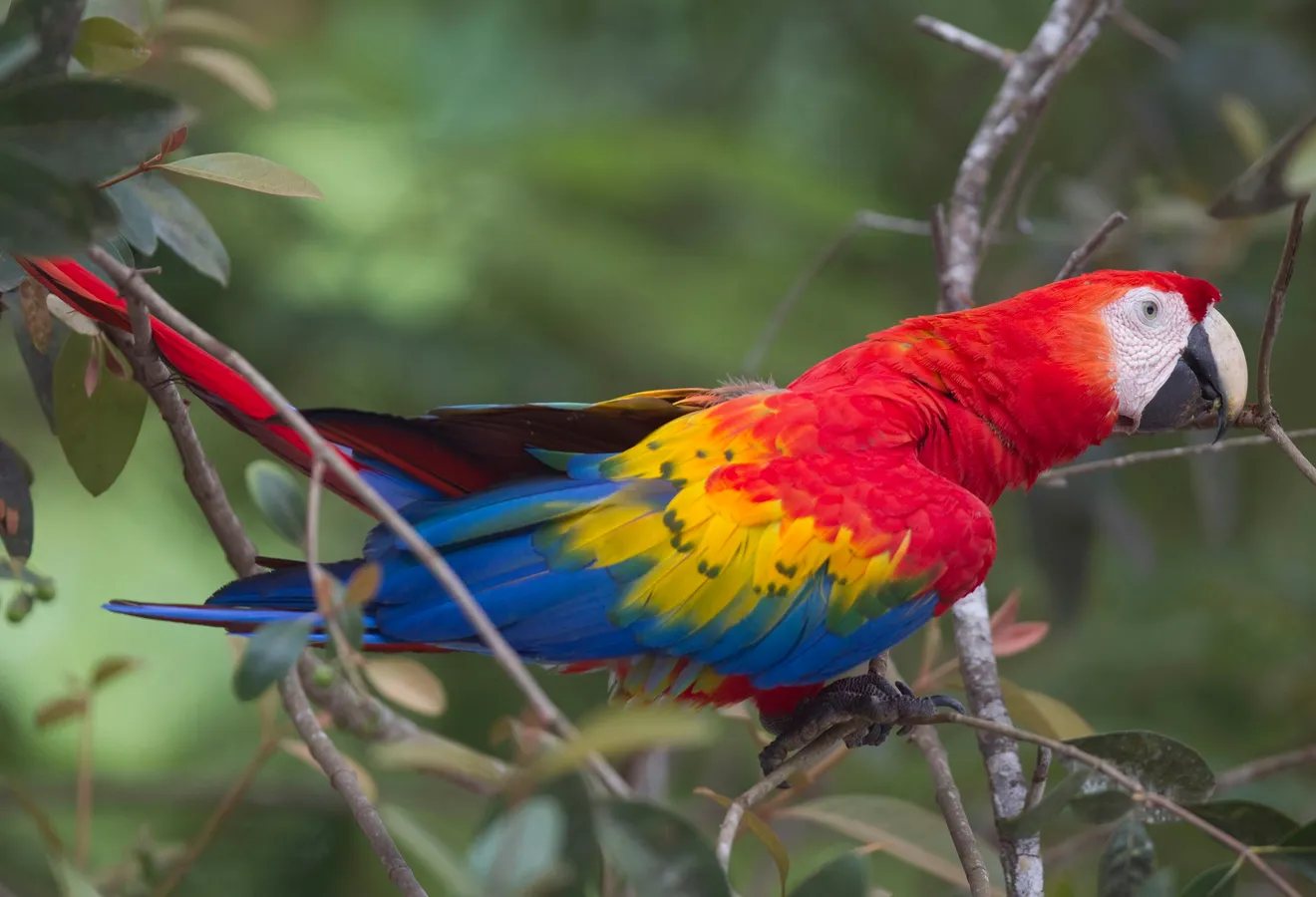
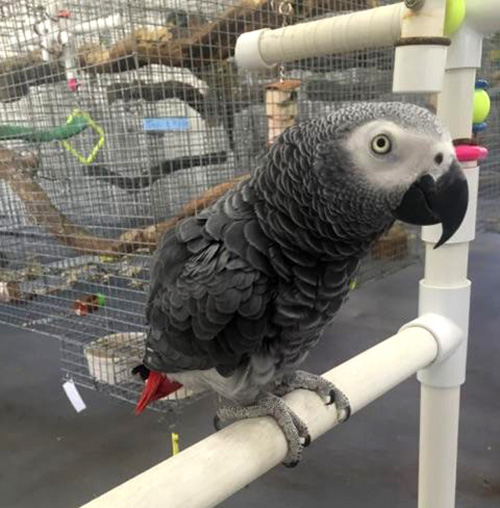

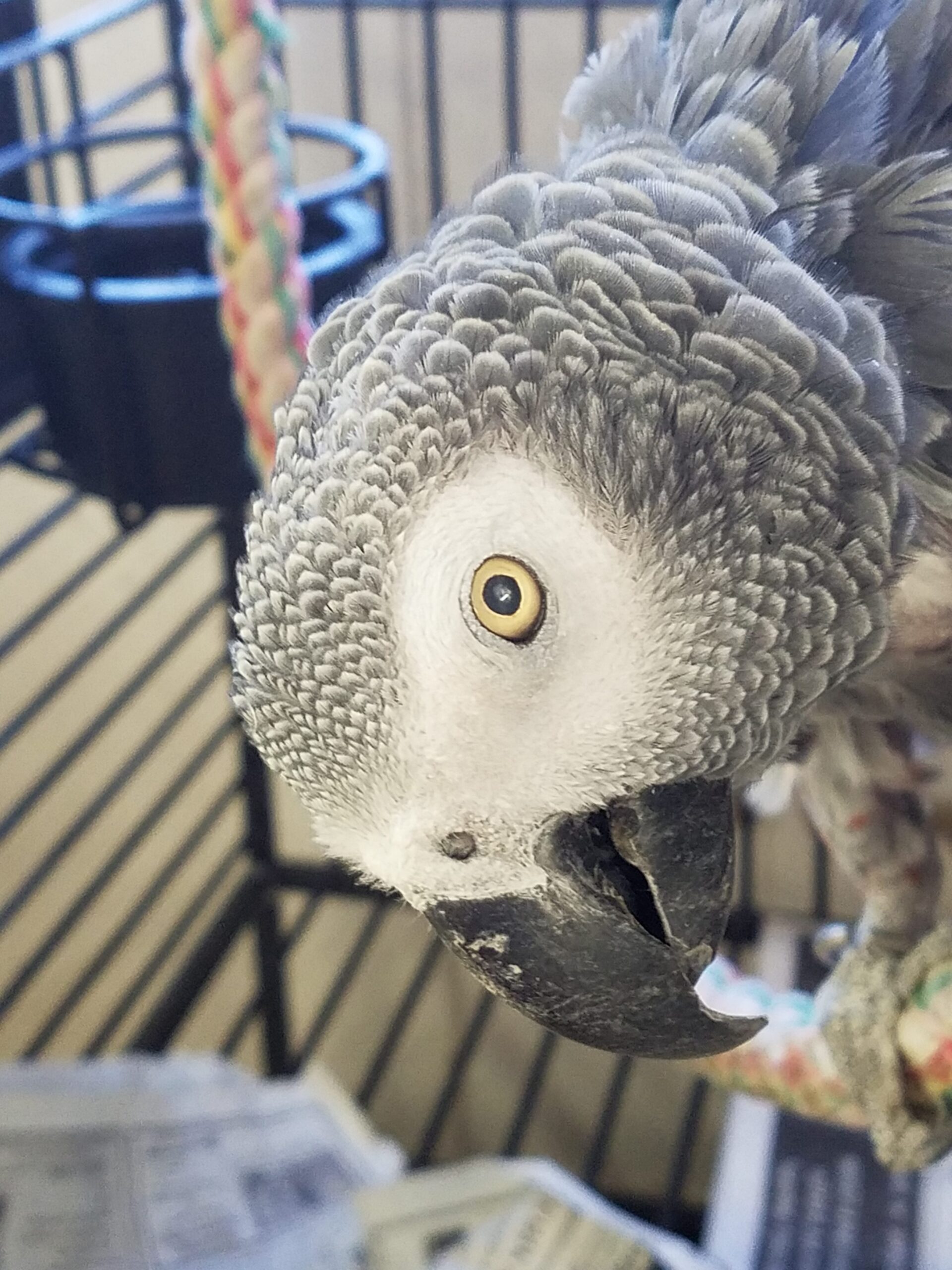

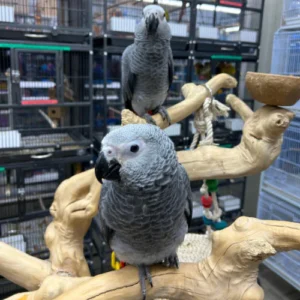
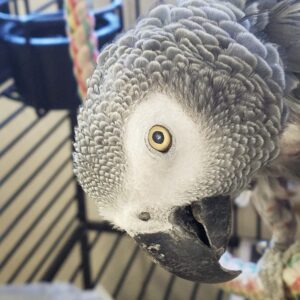

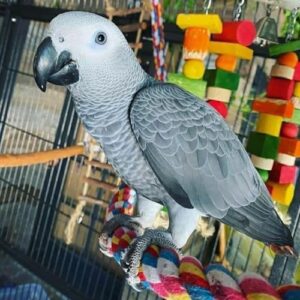
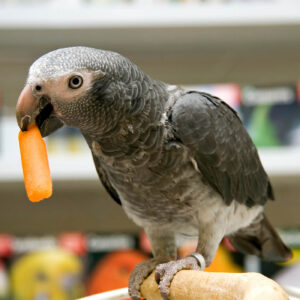
Be the first to review “African Grey Congo Parrots Hand fed”